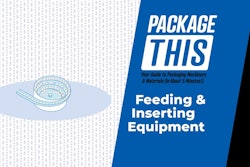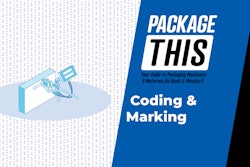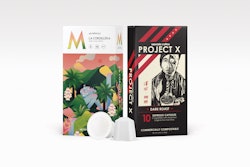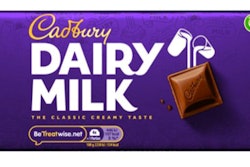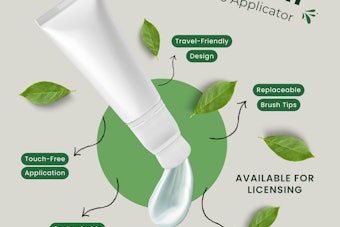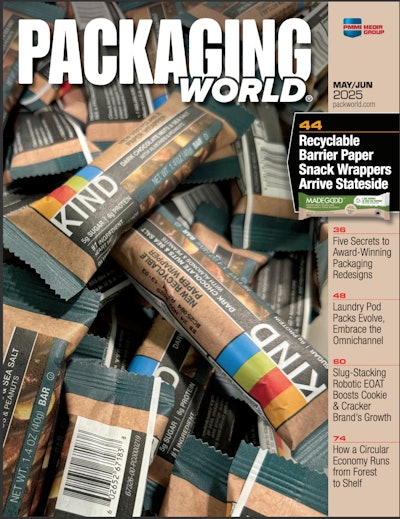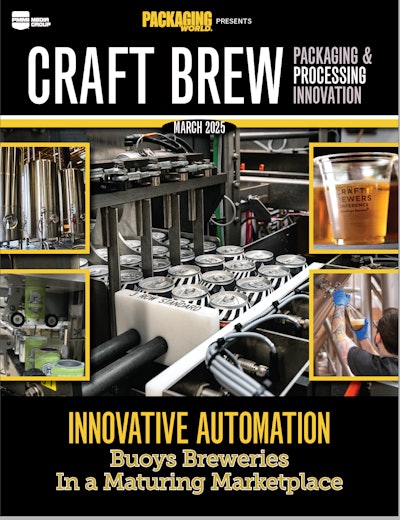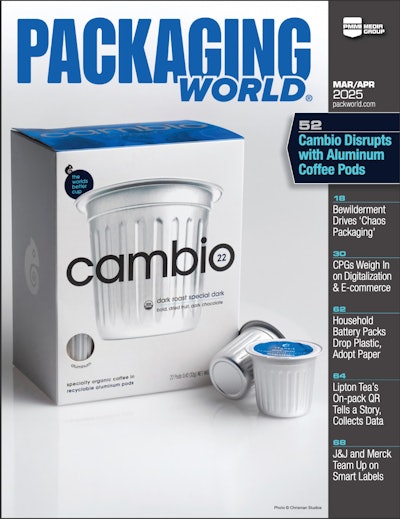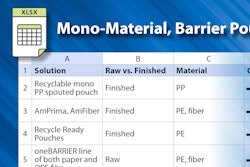
Packaging design is all about communicating visually with consumers. Yet consumers rarely communicate back. So it was exciting to see them get positively chatty a month or so ago when the Tropicana redesign took center stage in the national conversation. Almost as fascinating is that most of the chatter came via social networking channels.
Regardless of how or where the Tropicana conversation unfolded, it demonstrated the power of packaging and the extent of the consumer’s investment in what a brand should look like. As for the redesign itself, it’s a classic example of a bad packaging design strategy. It’s as if the brand design professionals were so heavily influenced by the widespread trend of simplification that has lately swept the package design community—some are calling it “Generic Modern”—that they forgot all about the complicated variables behind a successful package design. Successful simplification in packaging design is about streamlining or reducing complexity while effectively communicating the brand’s core message to its consumer audience. Tropicana’s designers were right on the money where the streamlining part is concerned. But they completely forgot about the brand’s core message. The previous Tropicana design—with its arched logo, straw-sipping orange, and clean carton appearance—was an entertaining, sociable, user-friendly design that appealed across all demographics. The redesign not only failed to adopt these existing core brand equities, but it also reflects an overly generic design sensibility. From the nondescript brand identity to the uninspired typography and exceedingly dull product imagery, shelf impact was nonexistent.








